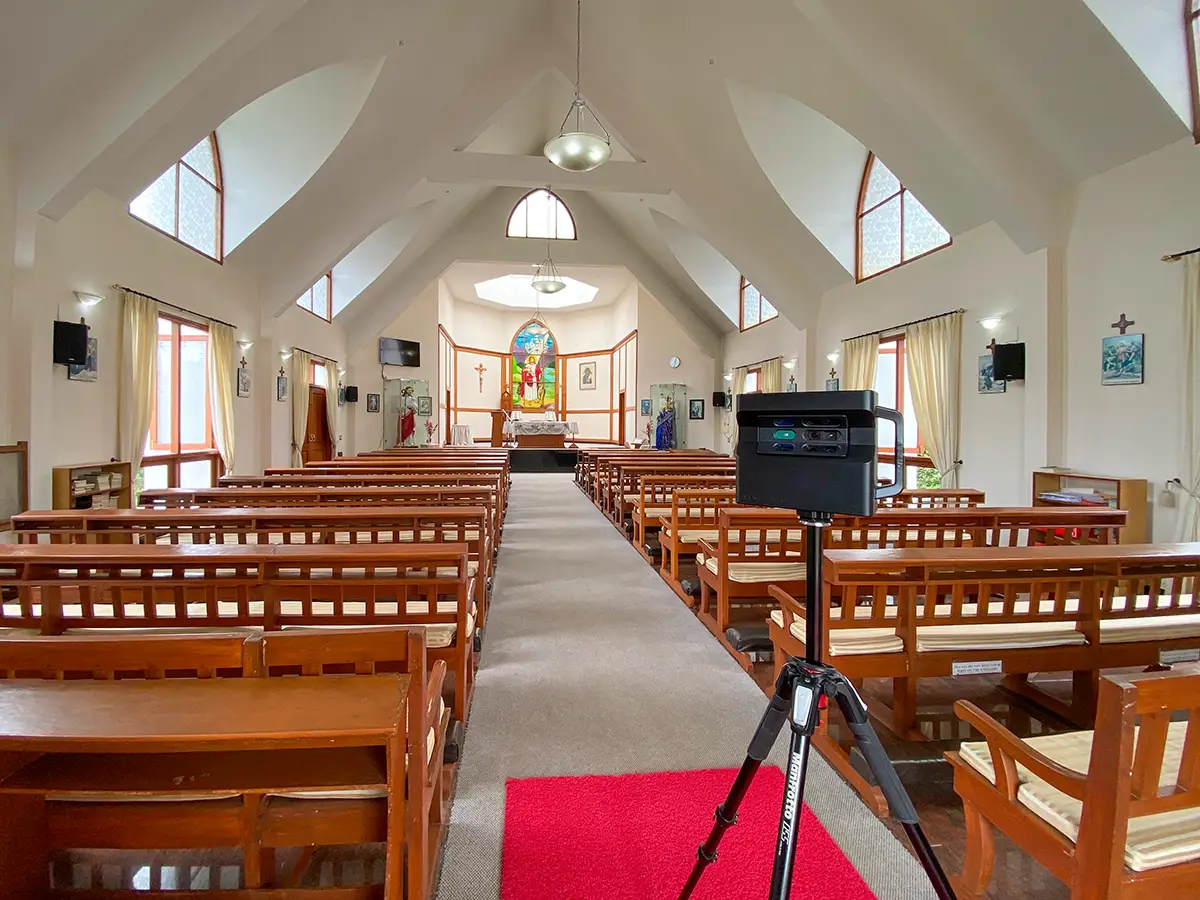
In an interconnected world, the ability to remotely explore a physical space has become a valuable tool. Whether showcasing property, preserving cultural heritage, or enabling remote collaboration, virtual tours can bridge geographical divides and foster a deeper understanding of a location.
However, the term "virtual tour" is broad, covering a wide range of technologies and user experiences. It can refer to anything from a simple panoramic photo to a detailed, measurable 3D model. This diversity can make it challenging to select the right solution.
This guide aims to clarify the world of virtual tours. We will explore each major type, detailing its capabilities, technology, applications, and key considerations. The goal is to provide the information needed to make a well-informed decision for your next project.
The Spectrum of Virtual Tours: Exploring Your Options
Virtual tours vary in technical complexity, cost, and the level of immersion they offer. Below is a detailed breakdown, moving from the most accessible to more advanced options:
1. The Basic DIY: Simple Panoramas & Video Walkthroughs
The most accessible entry point uses the device you already own. By using your smartphone's built-in panorama mode or simply recording a video walkthrough, you can create a basic representation of a space in minutes. This method is free, instant, and requires no special skills or equipment.
2. DIY with Control: DSLR & Fisheye Lens Panoramas
For those with photography skills, using a DSLR or mirrorless camera with a fisheye lens offers a significant leap in quality. This method involves capturing high-resolution, overlapping images from a panoramic tripod head and then stitching them together with software like PTGui or Photoshop.
3. Enhanced 360 Photo Tours: Dedicated Consumer 360 Cameras
Dedicated 360-degree cameras (from brands like Ricoh or Insta360) represent a sweet spot between ease-of-use and quality. These devices capture a full spherical image in a single shot, which can then be linked together on various platforms to create a point-to-point tour.
4. Expanding Perspectives: Drone & Aerial Virtual Tours
To capture the full context of a large property, nothing beats an aerial view. Using camera-equipped drones, certified pilots can capture stunning 360° panoramas from the sky, providing a unique and engaging perspective that's impossible to get from the ground.
5. Professional 3D Virtual Tours: Immersive Digital Twins & LiDAR
This is where virtual tours evolve from a series of pictures into a true digital twin. Using specialized 3D scanners that combine high-resolution photography with LiDAR or infrared depth sensors (like the Matterport Pro series), professionals capture both the look and the geometry of a space. This spatial data is used to build a dimensionally accurate 3D model that users can navigate fluidly.
6. Advanced & Custom VR Experiences: Cinematic Fidelity & Bespoke Worlds
At the pinnacle of immersion are bespoke virtual reality experiences. These are not captured, but built from the ground up using powerful game engines like Unity or Unreal Engine. This method allows for the creation of hyper-realistic digital worlds or interactive simulations that go far beyond simple navigation.
Comparison Table: Virtual Tour Types at a Glance
| Feature | DIY Smartphone | DSLR Fisheye | Consumer 360° Camera | Drone Aerial | Professional 3D (Matterport) | Custom VR |
|---|---|---|---|---|---|---|
| Cost | Very Low | Medium | Low-Medium | Medium-High | Medium-High | Very High |
| Quality | Low | High (Photo) | Medium | High (Aerial) | Excellent (3D) | Very High |
| Interactivity | Limited | Hotspots | Basic Hotspots | Video Playback | 3D Navigation, Measurements | Full Simulation |
| Ease of Creation | Very Easy | Complex | Easy | Moderate | Professional Service | Very Complex |
| Spatial Data | No | No | No | No | Yes (Accurate) | Yes (Custom) |
| Ideal Use Case | Casual Sharing | Custom Web Tours | GMB Tours | Large Properties | Real Estate, AEC, Hospitality | Training, Visualization |
Choosing the Right Virtual Tour for You: Key Considerations
Selecting the right virtual tour solution requires a clear understanding of your needs and resources. Consider the following questions:
- Your Budget: What is your financial allocation for this project?
- Your Goals: What is the primary purpose of the tour? Is it for marketing a property, construction documentation, or training?
- The Space: What is the size and complexity of the environment?
- Interactivity Level: Do you need more than simple navigation? Are features like embedded information or measurements required?
A clear understanding of the available technologies is key to using them effectively for your goals.